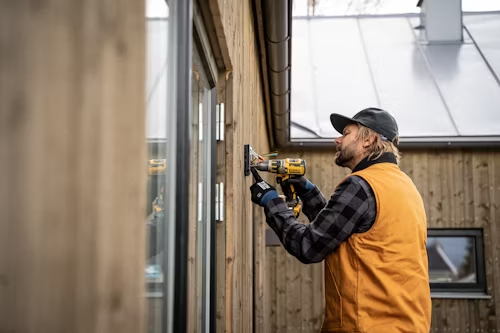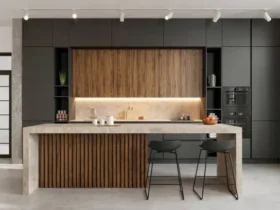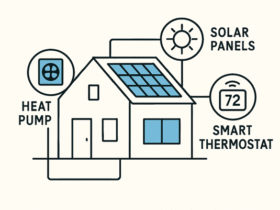When we think about protecting our homes, most of us focus on the obvious. Locks. Cameras. Maybe a sump pump if you’ve had a basement scare. But there’s one major part of your house that quietly does all the hard work, and it’s probably overdue for an upgrade: your windows.
This isn’t about aesthetics. It’s not about matching the trim or letting in more light, although those things are nice. This is about protection. From weather. From energy loss. From unexpected costs.
Old Windows Aren’t Just Ugly. They’re Risky.
You can live with windows that stick or rattle. You can tolerate a draft if you double up the curtains. But eventually, those small annoyances turn into bigger problems.
Old windows let in water. They let out heat. They strain your HVAC system, raise your utility bill, and in a worst-case scenario, contribute to mold, rot, and long-term damage you won’t see until it’s expensive.
Think Beyond Storm-Proofing
If you’ve been patching up your windows with plastic film and painter’s tape every winter, it’s time to consider a more permanent fix. High-performance windows are designed to handle Canadian weather. They resist condensation. They block drafts. They help your home retain heat in the winter and stay cooler in the summer.
It’s not about overbuilding. It’s about building smart.
What to Look For in a Window That Actually Works
Not all new windows are good windows. Look for these features:
- Insulated frames that won’t warp in extreme temperatures
- Low-E glass with argon gas between panes for better thermal performance
- Strong seals that won’t fail after one tough season
- Products that meet or exceed Energy Star ratings in Canada
Before you commit to any replacement, check whether the window is certified. You can verify performance ratings using Natural Resources Canada’s ENERGY STAR certified product list. It’s a quick way to make sure what you’re buying actually does what it says.
Avoid anything that seems too cheap to be true. If it cuts your energy bill by twenty percent but needs replacing in five years, you’ve lost money.
Who You Buy From Matters
This part gets skipped a lot. But it’s just as important as the specs. Choose a manufacturer that actually understands local building codes and climate needs. Look for companies that test their products in conditions like the ones your house deals with year after year.
Golden Windows is a Canadian company that makes energy-efficient windows built for our weather. They manufacture locally, use high-performance materials, and back their products with warranties that don’t read like escape clauses.
This Upgrade Isn’t Just for Older Homes
It’s easy to assume window upgrades are only necessary in drafty century homes. But even newer builds can have problems if the windows were installed with cost-saving materials or rushed workmanship. Builders often choose volume pricing over long-term value, and homeowners don’t realize the gaps until the first real cold snap or storm season.
If your home was built in the last ten to fifteen years, don’t assume everything is fine. Check for signs like fogging between panes, warped frames, and uneven temperatures from room to room. These are all indicators that your windows aren’t doing their job. And if they’re not, neither is your insulation, your furnace, or your air conditioner.
Upgrading Windows Is a Safety Decision
Better windows make your home quieter. They reduce allergens and moisture buildup. They improve your home’s resale value. But more than anything, they protect the structure that protects your family.
That’s not just a style choice. That’s a practical one.








Leave a Reply